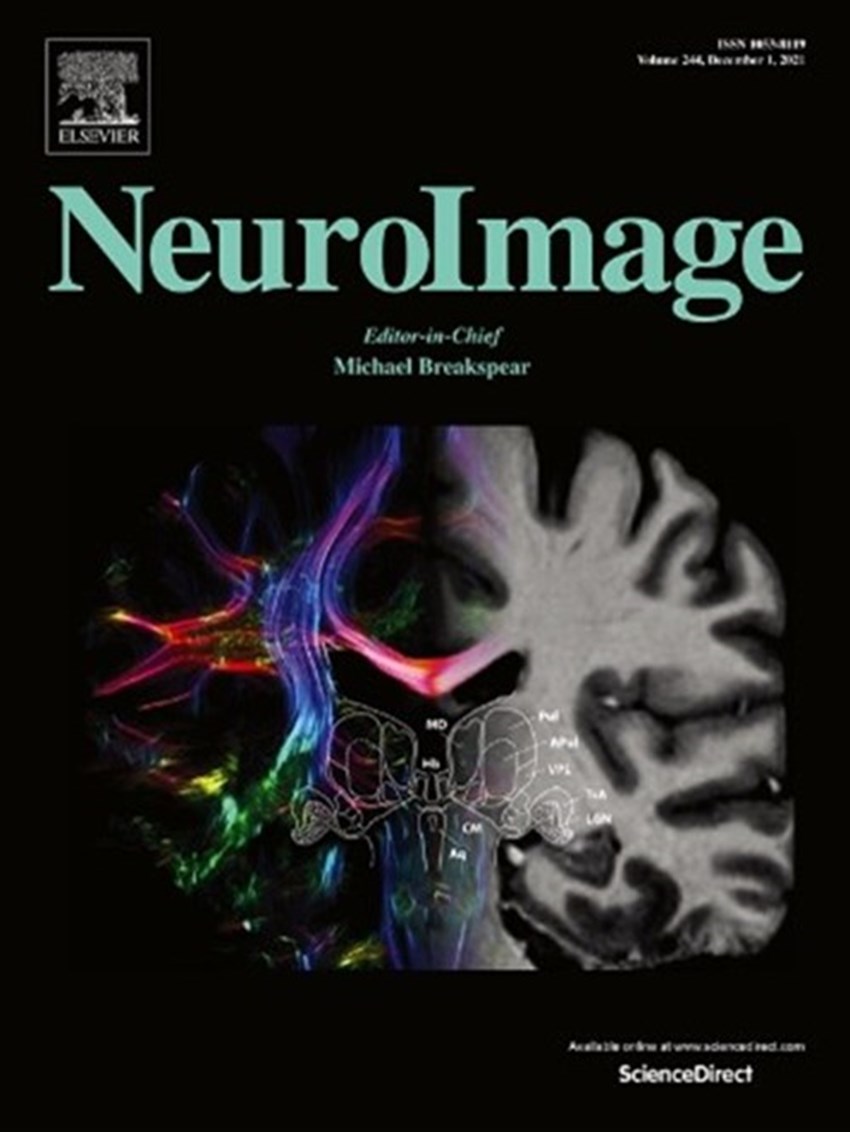Spectral signature of attentional reorienting in the human brain, publicado na revista científica NeuroImage, apresenta parte dos resultados do projeto 159/16 - Unraveling the neural mechanisms of human memory decisions with magnetoencephalography, desenvolvido por Carlo Sestieri e Stefania Della Penna com o apoio financeiro da Fundação BIAL.
“As we move in the environment, attention shifts to novel objects of interest based on either their sensory salience or behavioral value (reorienting). This study measures with magnetoencephalography (MEG) different properties (amplitude, onset-to-peak duration) of event-related desynchronization/synchronization (ERD/ERS) of oscillatory activity during a visuospatial attention task designed to separate activity related to reorienting vs. maintaining attention to the same location, controlling for target detection and response processes. The oscillatory activity was measured both in fMRI-defined regions of interest (ROIs) of the dorsal attention (DAN) and visual (VIS) networks, previously defined as task-relevant in the same subjects, or whole-brain in a pre-defined set of cortical ROIs encompassing the main brain networks.
Reorienting attention (shift cues) as compared to maintaining attention (stay cues) produced a temporal sequence of ERD/ERS modulations at multiple frequencies in specific anatomical regions/networks. An early (∼330 ms), stronger, transient theta ERS occurred in task-relevant (DAN, VIS) and control networks (VAN, CON, FPN), possibly reflecting an alert/reset signal in response to the cue. A more sustained, behaviorally relevant, low-beta band ERD peaking ∼450 ms following shift cues (∼410 for stay cues) localized in frontal and parietal regions of the DAN. This modulation is consistent with a control signal re-routing information across visual hemifields. Contralateral vs. ipsilateral shift cues produced in occipital visual regions a stronger, sustained alpha ERD (peak ∼470 ms) and a longer, transient high beta/gamma ERS (peak ∼490 ms) related to preparatory visual modulations in advance of target occurrence.
This is the first description of a cascade of oscillatory processes during attentional reorienting in specific anatomical regions and networks. Among these processes, a behaviorally relevant beta desynchronization in the FEF is likely associated with the control of attention shifts.”

































































































